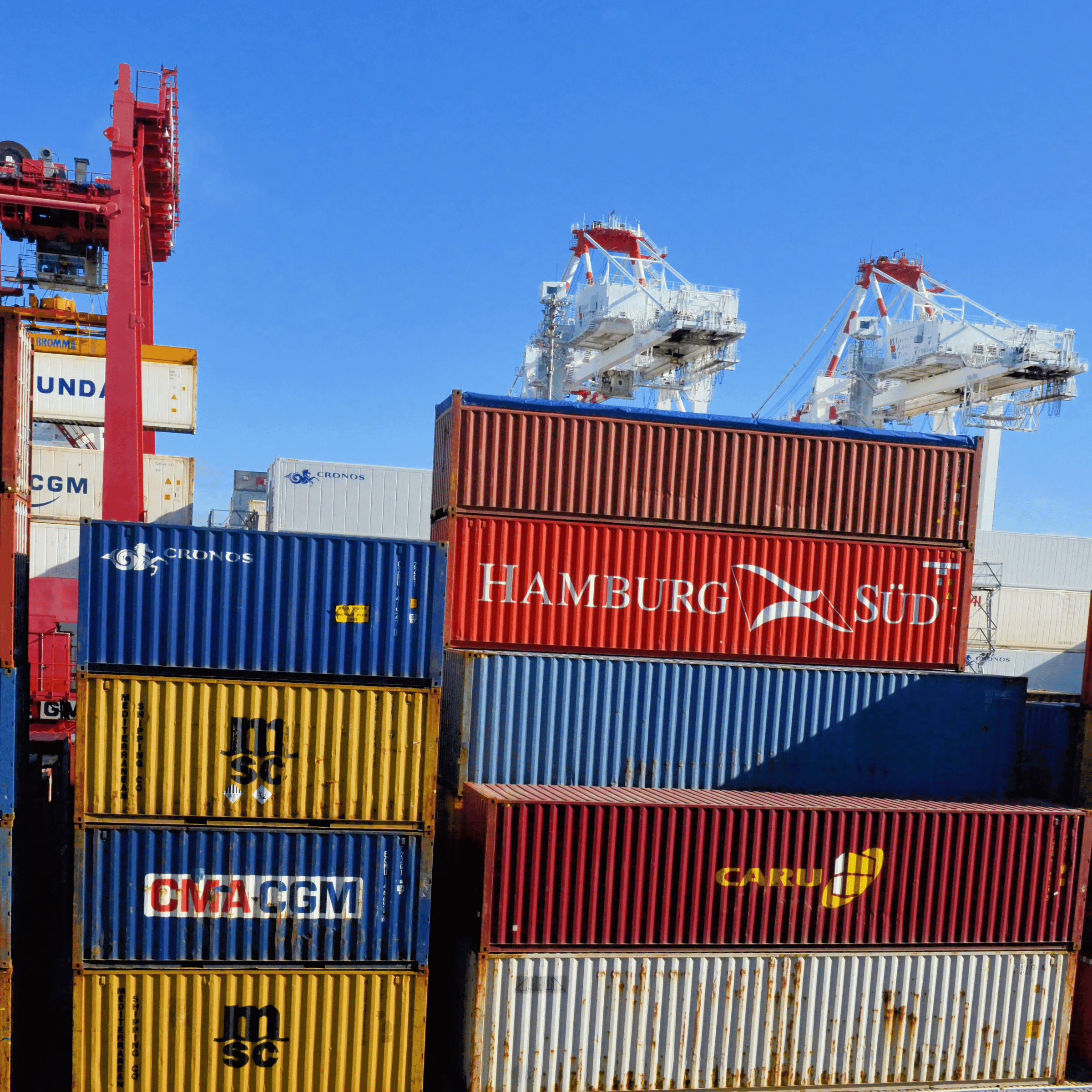In the intricate web of modern commerce, businesses that navigate with a blindfold will likely stumble in the marketplace. For ecommerce entities, where the tapestry of operations is both delicate and complex, visibility is not just an advantage—it’s a necessity. This is where supply chain mapping becomes an invaluable tool. Supply chain mapping is the process of creating a detailed map of the journey a product takes from raw materials to the end consumer. This compass in the vast ocean of commerce can guide ecommerce businesses to not only survive but thrive.
What is Supply Chain Mapping?
Supply chain mapping is a strategic method used to visually outline all the steps and processes involved in the flow of goods, information, and money required to bring a product from conception to delivery. This comprehensive visualization captures the intricate network of suppliers, manufacturers, distributors, and retailers that work in unison to create and move products.
How Supply Chain Mapping is Used
Identifying Components and Processes
Supply chain mapping starts by identifying every component and process involved in the supply chain. This involves:
1. Detailing raw material sourcing.
2. Mapping out manufacturing and production steps.
3. Outlining warehousing and inventory management.
4. Charting transportation and logistics.
5. Defining retail and distribution networks.
Visualizing Relationships
Once the components and processes are outlined, they are visualized in a way that shows the relationships and dependencies between different entities. This can include geographical mapping, process flow diagrams, or digital simulations.
Monitoring and Managing
Supply chain maps are often integrated with real-time data that allow businesses to monitor the health of their supply chain actively. This includes tracking inventory levels, production rates, and shipping statuses.
Why Supply Chain Mapping is Used
Transparency
Supply chain mapping provides a clear view of every stage in the supply chain. This transparency is crucial for identifying bottlenecks, reducing inefficiencies, and ensuring that ethical practices are followed throughout the supply chain.
Risk Management
By having a detailed map, businesses can identify potential risks at various stages in the supply chain, such as geopolitical risks, natural disasters, or supplier insolvency, and develop strategies to mitigate these risks.
Compliance and Standards
Supply chain mapping helps ensure that all the players in the supply chain comply with industry standards and regulations. This is increasingly important as consumers and regulatory bodies demand greater accountability and sustainability.
Integration and Collaboration
With a supply chain map, businesses can better coordinate and collaborate with partners. This facilitates integrated planning and execution, leading to more synchronized supply chain operations.
Benefits of Supply Chain Mapping for Ecommerce
Enhanced Decision-Making
Ecommerce businesses can make more informed decisions by having a detailed understanding of their supply chain. This could involve strategic decisions on supplier selection, production planning, and inventory management.
Cost Reduction
Supply chain mapping can highlight areas where costs can be cut without compromising quality. By optimizing routes, reducing waste, and improving production processes, ecommerce businesses can significantly reduce expenses.
Improved Customer Satisfaction
Ecommerce thrives on customer satisfaction, which is directly tied to how well the supply chain performs. By ensuring timely deliveries and maintaining product availability, supply chain mapping directly contributes to a positive customer experience.
Agility and Responsiveness
The ability to quickly adjust to market changes is crucial for ecommerce businesses. Supply chain mapping enhances agility by providing the information needed to respond swiftly to disruptions or changes in consumer demand.
Sustainability
Ecommerce businesses are increasingly under pressure to demonstrate environmental responsibility. Supply chain mapping allows businesses to identify and optimize eco-friendly practices, such as reducing carbon footprints through better logistics planning.
Competitive Advantage
In the fiercely competitive world of ecommerce, businesses that understand and manage their supply chains effectively have a distinct advantage. Supply chain mapping can be a differentiator, enabling companies to outperform their competitors through superior efficiency and customer service.
Implementing Supply Chain Mapping in Ecommerce
Ecommerce businesses looking to implement supply chain mapping should follow a structured approach:
Data Collection: Gather comprehensive data on all suppliers, manufacturers, and service providers.
Visualization Tools: Utilize software and tools that can create interactive and dynamic supply chain maps.
Integration: Ensure the supply chain map is integrated with internal systems for real-time updates.
Continuous Improvement: Use the insights gained from supply chain mapping for optimization.
Conclusion
Supply chain mapping is not just a strategic tool; it is the bedrock upon which successful ecommerce operations are built. By illuminating the paths that products travel, businesses can navigate the complex currents of global commerce with confidence and clarity. The benefits are manifest in reduced costs, increased efficiency, enhanced customer satisfaction, and the agility to pivot in the face of change. In the digital age, where ecommerce continues to rise, supply chain mapping is not just a luxury—it’s a necessity for those aspiring to reach the pinnacle of their potential in the digital marketplace.






